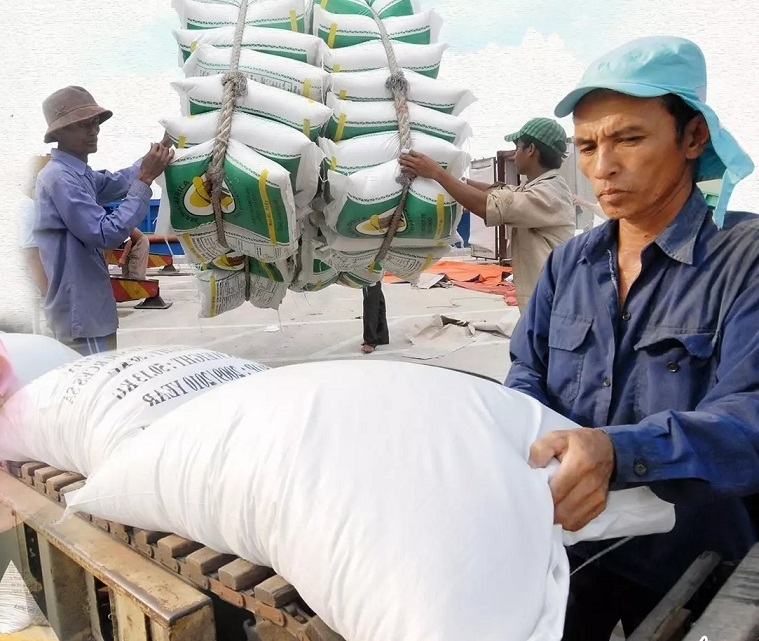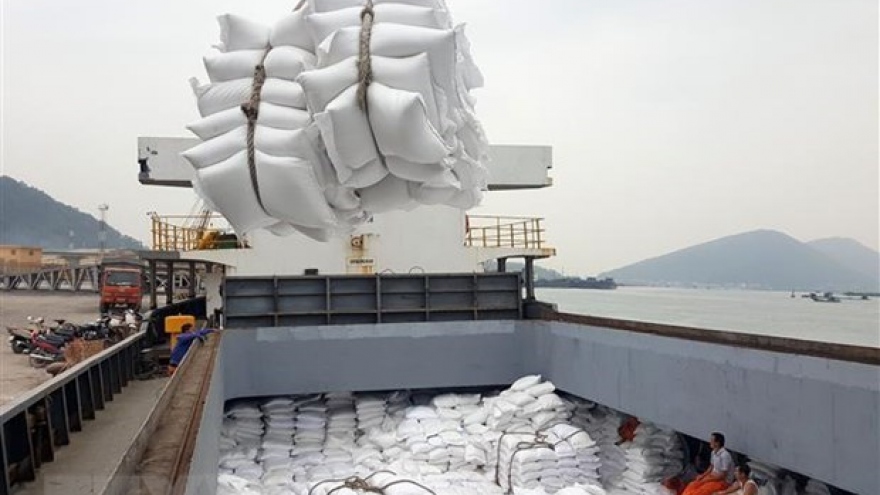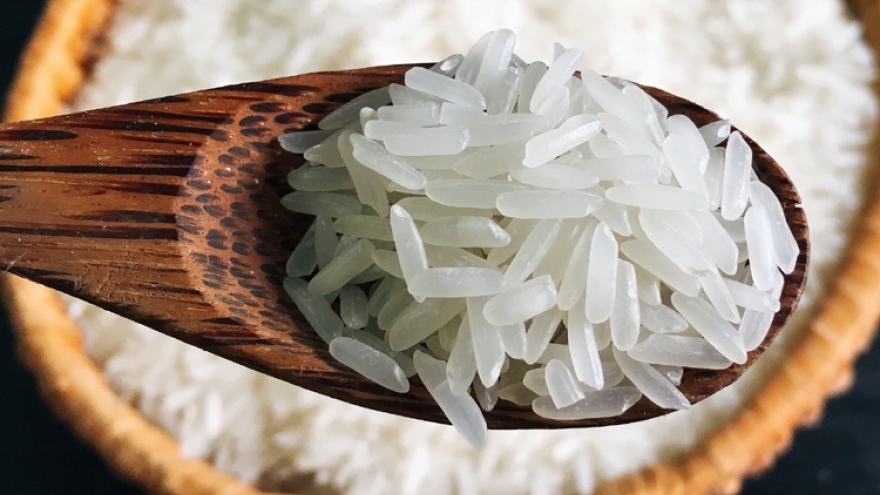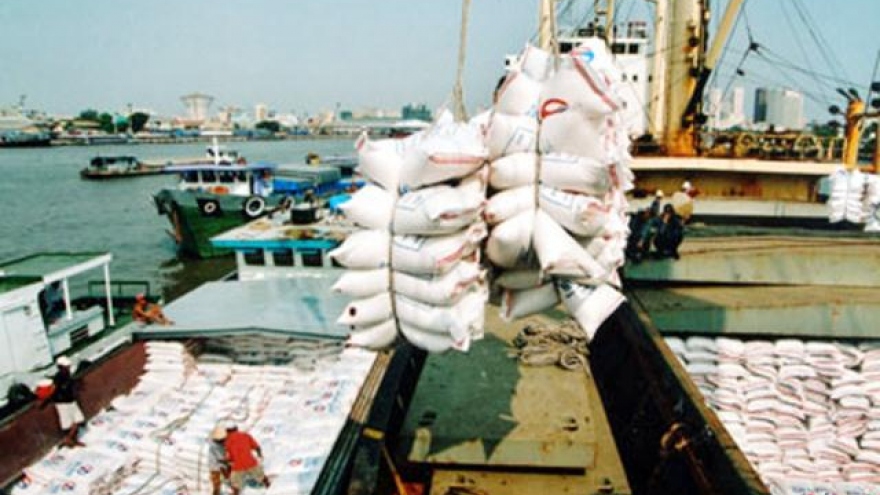The qualitative transformation of Vietnam’s rice
The structure of Vietnam's rice for exports has shifted towards increasing the proportion of high-value-added rice varieties and reducing the rate of low-grade rice products.
Since July 2019, LTP Import Export B.V Company has exported Vietnam’s rice varieties that have won international awards in the European Union (EU). Although rice is not a staple food for EU residents, European consumers have been accustomed to Thai fragrant rice for 30 years. For the past two years, they have learned more about Vietnamese fragrant rice.
However, Pham Van Hien, Director of LTP Import Export B.V Company, said that Vietnamese fragrant rice quality is not stable.
Speaking at a conference, Hien noted that: "I hope the quality of Vietnamese rice for export remains stable, and not only good for the first few shipments. This causes people to be disappointed with the Vietnamese rice. Thai rice quality is guaranteed to be the same in quality, so importers are willing to pay high prices for it. Cambodian rice has gained a firm position in Europe after ten years.”
Vietnam ranks 5th globally in rice cultivation area and 3rd in rice exports. Vietnamese rice has been exported to over 150 countries and territories, and the country accounted for 10.48% of the global rice market share in the period 2017-2020. However, its export market mainly focuses on countries in the region (the Philippines, China, Malaysia, Indonesia, Singapore...) and faces competition from similar varieties of rice of Thailand, India and Cambodia.
According to the Ministry of Industry and Trade, Vietnam's rice production in the period of 2017 to H1/ 2021 met the needs of domestic consumption and export. The area for rice cultivation has gradually decreased, but the yield has been on the rise, so the rice output has been maintained at about 27-29 million tons of rice annually. Domestic rice consumption accounts for 77.99% of rice output.
Vietnam’s rice exports increased 1.18 times within four years (2017 - 2020). Rice export turnover rose from US$2.633 billion in 2017 to US$3.120 billion in 2020.
The structure of Vietnam's rice for exports has shifted towards increasing the proportion of high-value-added rice varieties and reducing the rate of low-grade rice products.
However, the Ministry of Industry and Trade admitted that the quality of exported rice is not high and stable. The proportion of rice products meeting VietGAP and GlobalGAP standards is still low, about 50%. Because of poor control on food hygiene and traceability, the quality of exported products is not high, making it difficult for Vietnamese rice to expand market share in markets with high technical barriers (the US, EU, Japan...). Compared with rice of the same type from Thailand, Vietnam's exported rice has lower quality and food safety.
The country’s scheme to restructure the rice industry to 2020, with a vision to 2030, set a goal of 20% of Vietnam’s export to have a rice logo and brand by 2020, but this goal was not achieved.
The annual agricultural outlook report of the Organization for Economic Co-operation and Development (OECD) and the Food and Agriculture Organization of the United Nations (FAO) warned: "India, Vietnam and Thailand will continue to lead the global rice trade, but Cambodia and Myanmar are expected to play an increasingly important role in global rice exports.”
In particular, the report notes: “The five largest rice exporters will lose market share to the less developed countries in Asia, especially Cambodia and Myanmar, as these countries are becoming increasingly more competitive in the international market.”
The Ministry of Industry and Trade is developing the "Strategy to develop Vietnam's rice market for the period of 2021-2025 with a vision to 2035".
In this strategy, in addition to maintaining its position as one of the top three rice exporting countries in the world, besides India and Thailand, the Ministry of Industry and Trade is determined to raise the "quality" for Vietnamese rice, with the EU-Vietnam Free Trade Agreement (EVFTA) to be a passport for Vietnamese rice to penetrate deeper into this market. The fact that Vietnam's ST24 and ST25 rice varieties were honored as the world's best rice varieties in 2019, 2020 has brought many new customers to Vietnam.
The EVFTA that took effect from August 1, 2020 has opened the door to the EU for Vietnamese exports and rice in particular. For rice products, the EU commits to slash the tax rate to 0% after 3-5 years. Meanwhile, the EU's two major rice suppliers for many years, Cambodia and Myanmar, are subject to tax rates until the end of 2021, namely 175 Euro/ton (in 2019); 150 Euro/ton (in 2020) and 125 Euro/ton (in 2021).
The Ministry of Industry and Trade has set a target that by 2035, the rate of low- and medium-grade white rice will account for no more than 10%; high-grade white rice for about 22%; fragrant rice, japonica rice, specialty rice for about 45%; sticky rice for about 15%; and rice products with high added value such as nutritious rice, organic rice, rice flour, rice-processed products, rice bran and some other rice by-products for about 8%.
The Ministry also aims to gradually reduce the amount of exported commodity rice but maintain stability and increase rice export turnover; and increase the proportion of directly exported rice to about 60% of export turnover.




